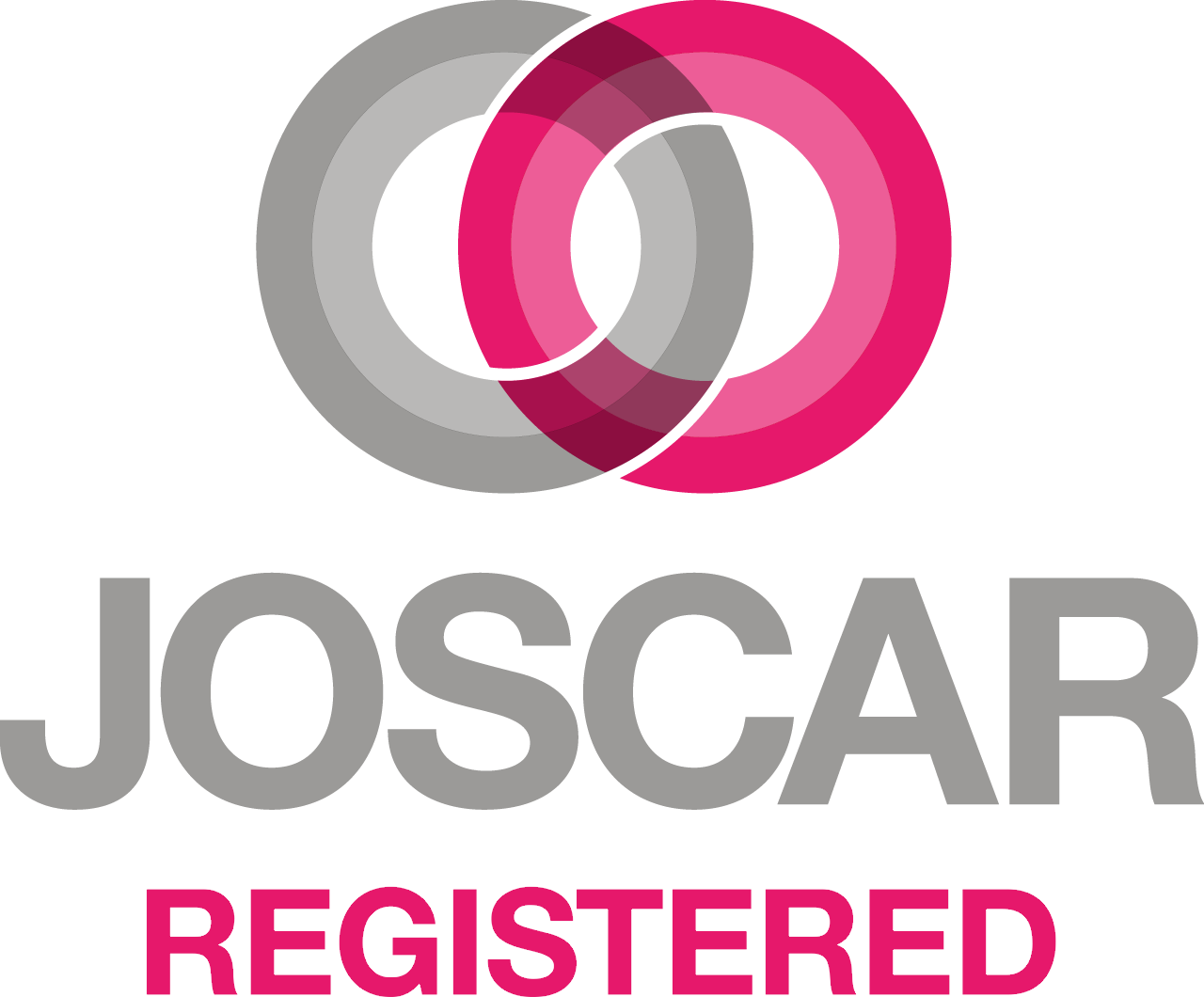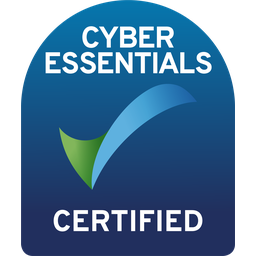Using IIoT and digital twins for ‘innovate-tive’ MQL research
At Bloc we’re drawing on our digital twin and IIoT know-how to support R&D in industry. In collaboration with Innovate UK and our UltraMQL project partners, we’re contributing to the improved sustainability of machining!
Unpacking the UltraMQL research project, we discuss ours and our partners’ roles in this powerful push for Ultrasonic advancements. We’ll explain the ins and outs of IIoT, and how digital twin technology will impact production – refining and enhancing efficiency, productivity, and ultimately pioneering a greener future for machining processes.
Unpacking the UltraMQL research project, we discuss ours and our partners’ roles in this powerful push for Ultrasonic advancements. We’ll explain the ins and outs of IIoT, and how digital twin technology will impact production – refining and enhancing efficiency, productivity, and ultimately pioneering a greener future for machining processes.
What is UltraMQL?
UltraMQL is an Innovate UK-funded SMART project positioned to revolutionise lubrication in existing machining processes; improving production quality, reducing running costs, and decreasing environmental impact – all without requiring manufacturers to invest in new machinery.
Traditionally, machining processes either operated using a “coolant flood” method, in which the tool and workpiece are entirely submerged in lubricant during cutting, or a “dry machining” method which requires no lubrication. The formerly mentioned process uses vast quantities of costly, hazardous, and environmentally damaging lubricant, while the latter requires specialised tools, generates considerable amounts of friction, and leaves swarf (leftover material) in the cutting area. Minimum Quantity Lubrication (the “MQL” in UltraMQL) is a more recent method in which a measured quantity of lubricant is delivered directly to the tool-face, reducing the wastage of lubricant whilst retaining its crucial cooling and swarf removal properties.
Most MQL processes use venturi-based atomisers. These atomisers use a jet of air to deliver lubricant straight to the tool-face. While they’re simple and cost-effective, their performance is greatly affected by the viscosity, formulation, and temperature of the lubricant. Unexpected changes in these properties can reduce lubrication performance, resulting in poor quality machining. The UltraMQL project will develop an ultrasonic atomiser (the “Ultra” part), which can be retrofitted to existing machine tools. This UltraMQL device will give much greater lubrication control compared to existing MQL tools. It will require less lubricant and will result in better machining performance, reduced production costs, and greater sustainability.
Traditionally, machining processes either operated using a “coolant flood” method, in which the tool and workpiece are entirely submerged in lubricant during cutting, or a “dry machining” method which requires no lubrication. The formerly mentioned process uses vast quantities of costly, hazardous, and environmentally damaging lubricant, while the latter requires specialised tools, generates considerable amounts of friction, and leaves swarf (leftover material) in the cutting area. Minimum Quantity Lubrication (the “MQL” in UltraMQL) is a more recent method in which a measured quantity of lubricant is delivered directly to the tool-face, reducing the wastage of lubricant whilst retaining its crucial cooling and swarf removal properties.
Most MQL processes use venturi-based atomisers. These atomisers use a jet of air to deliver lubricant straight to the tool-face. While they’re simple and cost-effective, their performance is greatly affected by the viscosity, formulation, and temperature of the lubricant. Unexpected changes in these properties can reduce lubrication performance, resulting in poor quality machining. The UltraMQL project will develop an ultrasonic atomiser (the “Ultra” part), which can be retrofitted to existing machine tools. This UltraMQL device will give much greater lubrication control compared to existing MQL tools. It will require less lubricant and will result in better machining performance, reduced production costs, and greater sustainability.
Who is Involved?
UltraMQL brings together five partners from across the UK to deliver a ‘cutting’-edge solution:
• Kugel Rotary Services – Manufacturers of precision mechanical products. Kugel brings over 10 years of expertise in machining processes to UltraMQL, and are the lead partners on the project.
• Quaker Houghton – Global leaders in industrial process fluids, Quaker Houghton bring extensive knowledge of lubricant properties and behaviour to the project.
• Nuclear Advanced Manufacturing Research Centre (NAMRC) – A high-tech manufacturing research centre contributing their mastery of MQL system development. As an established leader in manufacturing research they are part of a high-value manufacturing catapult, supporting industry with innovative manufacturing capabilities and supply chain development services.
• University of Brighton Advanced Engineering Centre – Developers of advanced ultrasonic lubrication methods and associated measurement techniques. The universities of Brighton and the NAMRC will work together to develop the prototype MQL atomiser hardware.
• Kugel Rotary Services – Manufacturers of precision mechanical products. Kugel brings over 10 years of expertise in machining processes to UltraMQL, and are the lead partners on the project.
• Quaker Houghton – Global leaders in industrial process fluids, Quaker Houghton bring extensive knowledge of lubricant properties and behaviour to the project.
• Nuclear Advanced Manufacturing Research Centre (NAMRC) – A high-tech manufacturing research centre contributing their mastery of MQL system development. As an established leader in manufacturing research they are part of a high-value manufacturing catapult, supporting industry with innovative manufacturing capabilities and supply chain development services.
• University of Brighton Advanced Engineering Centre – Developers of advanced ultrasonic lubrication methods and associated measurement techniques. The universities of Brighton and the NAMRC will work together to develop the prototype MQL atomiser hardware.
Bloc Digital's Role
Bloc Digital are bringing their advanced digital twin and Industrial Internet of Things (IIoT) technologies to the UltraMQL project. These technologies will drive improvements in productivity, quality, and sustainability within machining processes. The combination of digital twins and IIoT sensors allow for the remote monitoring, real-time control, and performance forecasting of machining processes – thus enabling managers and engineers to better manage manufacturing assets and avoid costly production stoppages.
Industrial Internet of Things for UltraMQL
As a key component of Industry 4.0, IIoT is all about connecting assets (tools, machines, factories and organisations) together into a solution which can share data to improve operational functions, efficiency, and productivity. Assets are smart if they can measure their environment (using sensors such as thermometers or cameras), communicate with other assets (sensors, computers, etc.) to understand their environment, and act accordingly (using actuators such as motors or valves) to affect that environment in a positive way. Smart assets are usually made up of devices, where each device represents one or more sensors or actuators.
As well as the devices, an IIoT solution usually also consists of:
• Networks and Gateways: These provide a link between the devices (which are often simple, low power electronics) and the larger network/internet.
• Middleware: The Middleware is the software that glues all of the IIoT elements together. It provides the data storage, computing capacity, and analytical processes required to extract useful insights from the data – which has been collected by the devices.
• Applications: These are the user-facing components. They provide an interface for the user to view calculated insights, examine collected data, and exercise manual control over smart actuators. This can be viewed on everything from a PC, mobile or tablet to a wearable AR or VR headset.
As well as the devices, an IIoT solution usually also consists of:
• Networks and Gateways: These provide a link between the devices (which are often simple, low power electronics) and the larger network/internet.
• Middleware: The Middleware is the software that glues all of the IIoT elements together. It provides the data storage, computing capacity, and analytical processes required to extract useful insights from the data – which has been collected by the devices.
• Applications: These are the user-facing components. They provide an interface for the user to view calculated insights, examine collected data, and exercise manual control over smart actuators. This can be viewed on everything from a PC, mobile or tablet to a wearable AR or VR headset.
Bloc Digital are delivering the IIoT solution for UltraMQL which will monitor the behaviour of the MQL system at machine, factory and company level, and report key performance and reliability metrics to the user – allowing both automated and manual control of the physical equipment within the system. The IIoT solution will measure oil level, flow rate and droplet size, validate atomiser performance against predictions, and allow the user to control pump speed and nozzle actuation frequency to better achieve optimal cutting performance.
An introduction to Bloc’s IoT-based product – coming soon...
In addition to meeting the demands of the wider project, the delivery of the UltraMQL IIoT solution will also spearhead the development of Bloc’s IoT Hub, our flagship IIoT platform. This IoT Hub will be a managed service hosted on-premises or in the cloud, acting as a central message broker for communication between the various applications and smart devices which make up IoT systems. The IoT Hub will use a multilayer architecture offering high performance, scalability, adaptability, flexibility, modularity, reliability, privacy, trust, and security for any IoT applications.
One instance of the IoT Hub’s capabilities will be with the ability to connect millions of devices and their back-end solutions (networks, gateways, and middleware) reliably and securely. A device-agnostic approach will allow almost any device to be connected to IoT Hub, from modern 5G-enabled smart sensors right down to legacy analogue systems. Built-in configuration apps will allow the user to produce visual dashboards for display and interaction with collected data, and analytics components will provide tools to extract useful insights from these data. Data may also be exported to compatible applications, such as Microsoft PowerBI, and directly linked with digital twins of the equipment that are connected to the Hub. By developing the UltraMQL solution alongside the IoT Hub, Bloc will deliver a product with much greater scalability and flexibility, reducing the cost of further IIoT deployments and opening the solution to a wider market.
One instance of the IoT Hub’s capabilities will be with the ability to connect millions of devices and their back-end solutions (networks, gateways, and middleware) reliably and securely. A device-agnostic approach will allow almost any device to be connected to IoT Hub, from modern 5G-enabled smart sensors right down to legacy analogue systems. Built-in configuration apps will allow the user to produce visual dashboards for display and interaction with collected data, and analytics components will provide tools to extract useful insights from these data. Data may also be exported to compatible applications, such as Microsoft PowerBI, and directly linked with digital twins of the equipment that are connected to the Hub. By developing the UltraMQL solution alongside the IoT Hub, Bloc will deliver a product with much greater scalability and flexibility, reducing the cost of further IIoT deployments and opening the solution to a wider market.
The use of IoT Hub will allow the rapid setup of IIoT solutions across a range of scales – from a single machine or an entire factory, to the complete manufacturing capacity of a multinational organisation. In the context of UltraMQL, this provides a huge benefit, allowing operators to robustly monitor the performance of cutting machines, factory managers to optimise maintenance (improving productivity and reducing downtime), and supply chain managers to ensure that every facility within an organisation is fully stocked with the appropriate MQL fluids.
Digital Twin technology for UltraMQL
A digital twin can be defined as a digital representation of one or more existing or proposed products, processes, or organisations. Digital twins may include designs, simulation results, physical measurements and/or external data. The value of a digital twin lies in combining and presenting the data in a way which aids understanding and enables faster and more informed decision-making. Bloc Digital are delivering a digital twin of the UltraMQL system, which will bring three major advantages:
1. Visualisation: By receiving data from the IIoT solution, the digital twin allows users to see what is happening in real-time. This provides an understanding that would otherwise be impossible with standard inspection (as it would require putting your head inside an actual working machine!).
2. Simulation: By producing a digital copy of the working components, the digital twin allows users to perform “what-if” analyses, enabling the investigation of potential impacts when changing operating procedures while facilitating minimal disruption to the machine itself.
3. Modification: As well as varying operational parameters, the simulator will allow for variations in system design, allowing refinement of the prototype device without the need to reproduce the (expensive) physical asset.
Bloc will develop the UltraMQL digital twin alongside their proprietary XR experience builder software – with the UltraMQL solution providing a robust test case for the development of this software.
Our XR experience builder will be a Low Code Development Platform (LCDP), allowing subject matter experts (SMEs) in any field to produce VR/AR capable digital twins. This experience builder will bring together a drag-and-drop interface, an integrated node editor, and standardised data entry forms in order to specify digital twins. Digital twin specifications will be stored in a document format which combines geometry, data, processes and simulations in a manner that will allow the digital twin to be easily edited and viewed across a range of hardware.
1. Visualisation: By receiving data from the IIoT solution, the digital twin allows users to see what is happening in real-time. This provides an understanding that would otherwise be impossible with standard inspection (as it would require putting your head inside an actual working machine!).
2. Simulation: By producing a digital copy of the working components, the digital twin allows users to perform “what-if” analyses, enabling the investigation of potential impacts when changing operating procedures while facilitating minimal disruption to the machine itself.
3. Modification: As well as varying operational parameters, the simulator will allow for variations in system design, allowing refinement of the prototype device without the need to reproduce the (expensive) physical asset.
Bloc will develop the UltraMQL digital twin alongside their proprietary XR experience builder software – with the UltraMQL solution providing a robust test case for the development of this software.
Our XR experience builder will be a Low Code Development Platform (LCDP), allowing subject matter experts (SMEs) in any field to produce VR/AR capable digital twins. This experience builder will bring together a drag-and-drop interface, an integrated node editor, and standardised data entry forms in order to specify digital twins. Digital twin specifications will be stored in a document format which combines geometry, data, processes and simulations in a manner that will allow the digital twin to be easily edited and viewed across a range of hardware.
Our experience builder will allow SMEs to construct complex digital twins for a range of purposes, without the need for the specific software engineering knowledge required for traditional twin production. Therefore, this provides as a substantial advantage to the UltraMQL project, as experts at Kugel Rotary, Quaker Houghton, the NAMRC and the University of Brighton can directly contribute to the design and implementation of the digital twin, leveraging their expertise to improve the simulation of the device and reduce the time-to-market of the prototype system.
It’s just the beginning...
UltraMQL is an exciting project with the potential to revolutionise machining in many industries – reducing waste, providing better quality products, and improving sustainability. Bloc Digital’s expertise with digital twins and Industrial Internet of Things technologies is helping to bring this project to fruition – developing cutting-edge Industry 4.0 methods for the forefront of UK manufacturing.


